(NLDO) - Among the 108 samples brought back to Earth by the Chang'e 6 spacecraft, there is a completely different piece of rock.
A study led by Professor Qiuli Li from the Institute of Geology and Geophysics of the Chinese Academy of Sciences has discovered a priceless treasure among the rocks and soil that the sample return spacecraft of China's Chang'e-6 mission brought back from the "dark side" of the Moon.
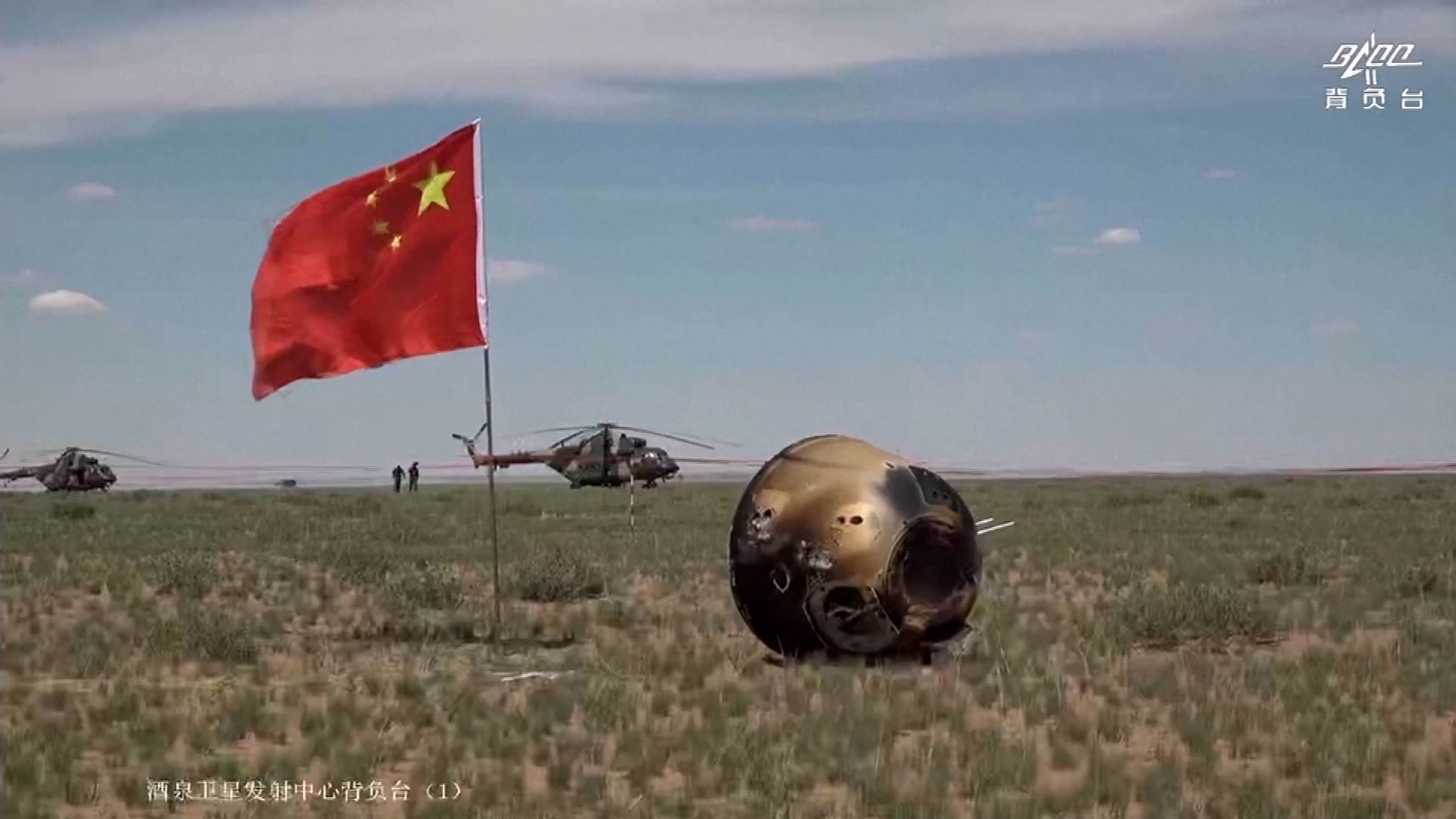
The spacecraft carrying out the task of returning samples to Earth of the Chang'e 6 mission successfully landed in June - Photo: CNSA
According to SciTech Daily , the team of authors determined the age of 108 pieces of basalt from the amount of lunar soil and rocks that Chang'e 6 brought back to Earth during its recent mission.
Of these, 107 fragments show a consistent formation age of about 2.8–3 million years ago, representing a series of volcanic eruptions during this time.
But the remaining piece is completely different, a peerless treasure: It is 4-4.2 billion years old.
The unusual rock fragment is believed to have come from a volcanic deposit south of the spacecraft landing site. It is the oldest lunar basalt sample in human possession.
This 108th sample indicates that volcanic activity on the far side of the Moon lasted at least 1.4 billion years, and that the material ejected by the volcanoes during the two periods came from separate sources with different chemical compositions.
Thus, this piece of rock weighing only 1,935.3 grams helps scientists understand for the first time how geologically active the Moon was before turning into the dry ball it is today.
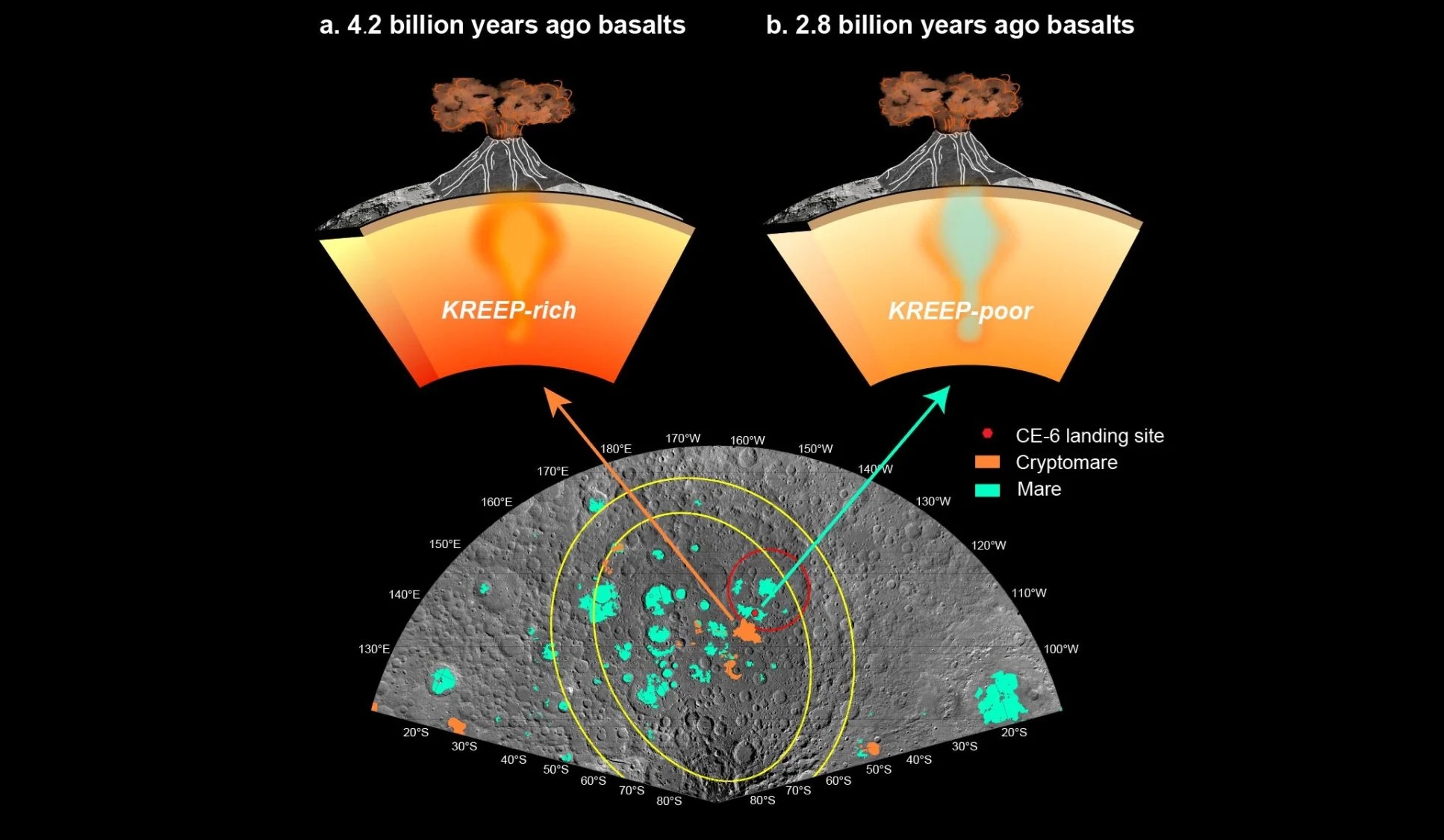
Lunar samples show two different stages of volcanic eruptions - Photo: Muhan yang
The geological activity of a celestial body has a lot to do with what happens on its surface, including the possibility of life.
Some previous studies have even suggested that Earth's satellite once hosted life - possibly up to twice - but became extinct.
In addition, according to Professor Li, clarifying the volcanic history on the far side of the Moon is very important to understand the hemisphere division of this celestial body.
The location of Chang'e 6 studied is the area near the celestial body's south pole, located on the "dark side", that is, the hemisphere facing away from Earth.
The Moon is tidally locked to the Earth, so it is always facing the Earth with a single hemisphere.
Interestingly, the side we never see is very different from the other side. It is also the area that is thought to be able to host liquid water and, with luck, life.
The amount of water here also makes the dark side of the celestial body a suitable location to build a lunar base, a future project that many space agencies around the world are pursuing.
China's Chang'e-6 mission was launched on May 3, 2024, and includes an orbiter carrying three other small craft: a lander, a sample return craft, and a craft tasked with returning samples to Earth.
Of which, the sample return ship landed on June 25, 2024.
Source: https://nld.com.vn/tau-vu-tru-trung-quoc-mang-ve-trai-dat-manh-da-vo-gia-196241120100411074.htm






![[Photo] Prime Minister Pham Minh Chinh chairs the Government's special meeting on law-making in April](https://vstatic.vietnam.vn/vietnam/resource/IMAGE/2025/4/13/8b2071d47adc4c22ac3a9534d12ddc17)
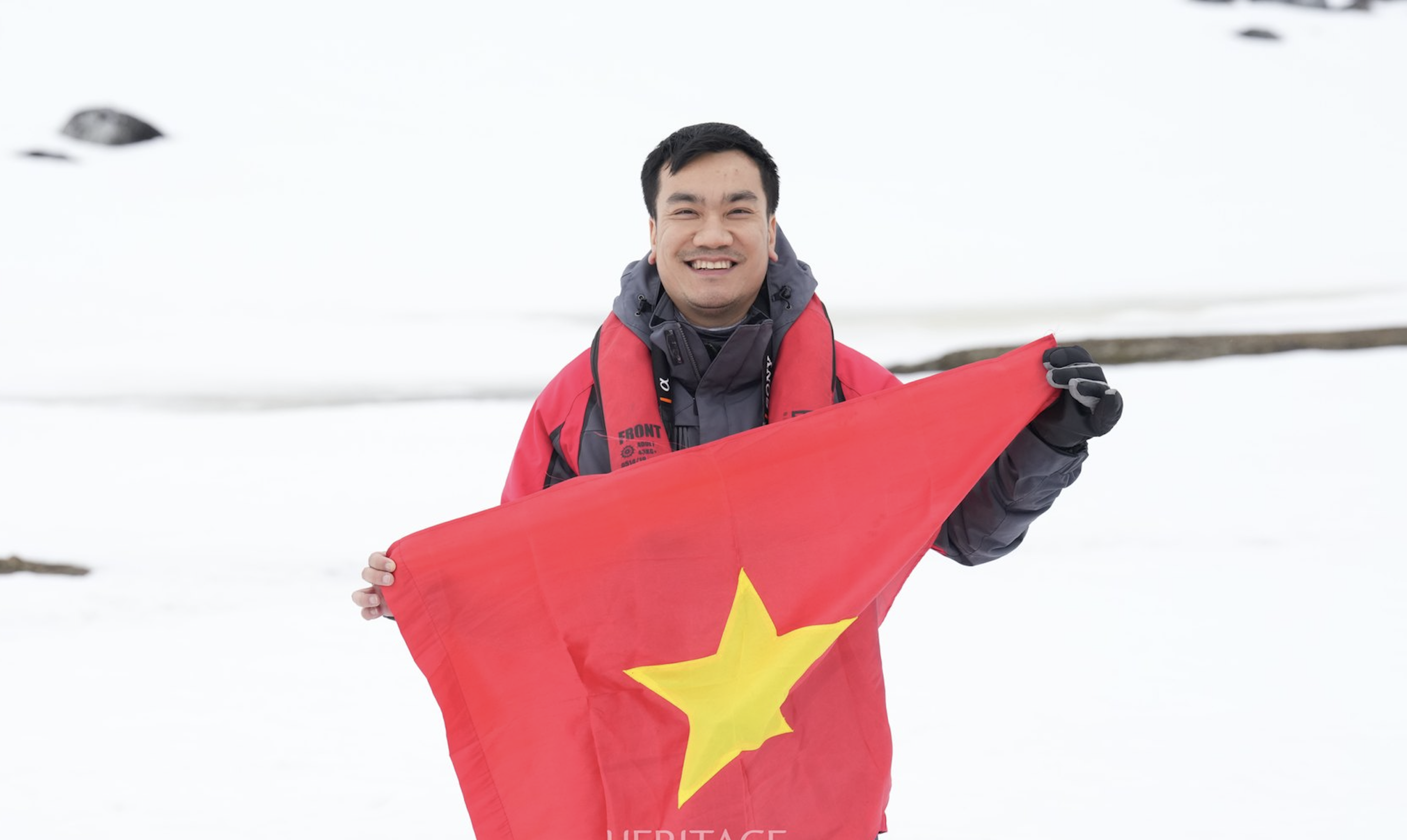


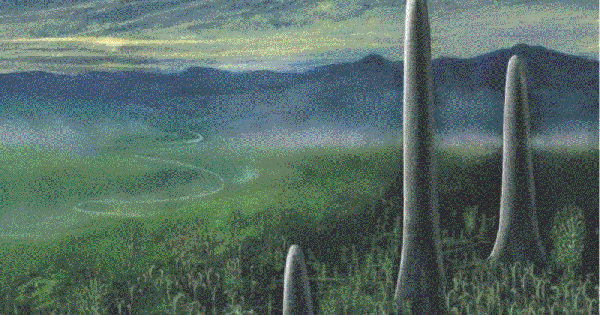
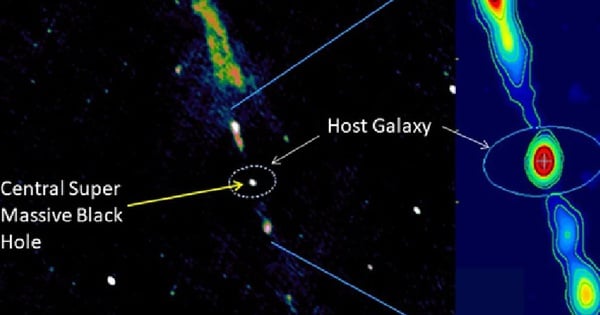
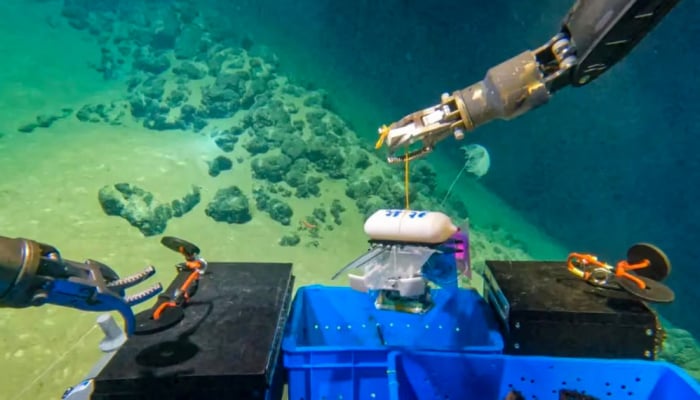



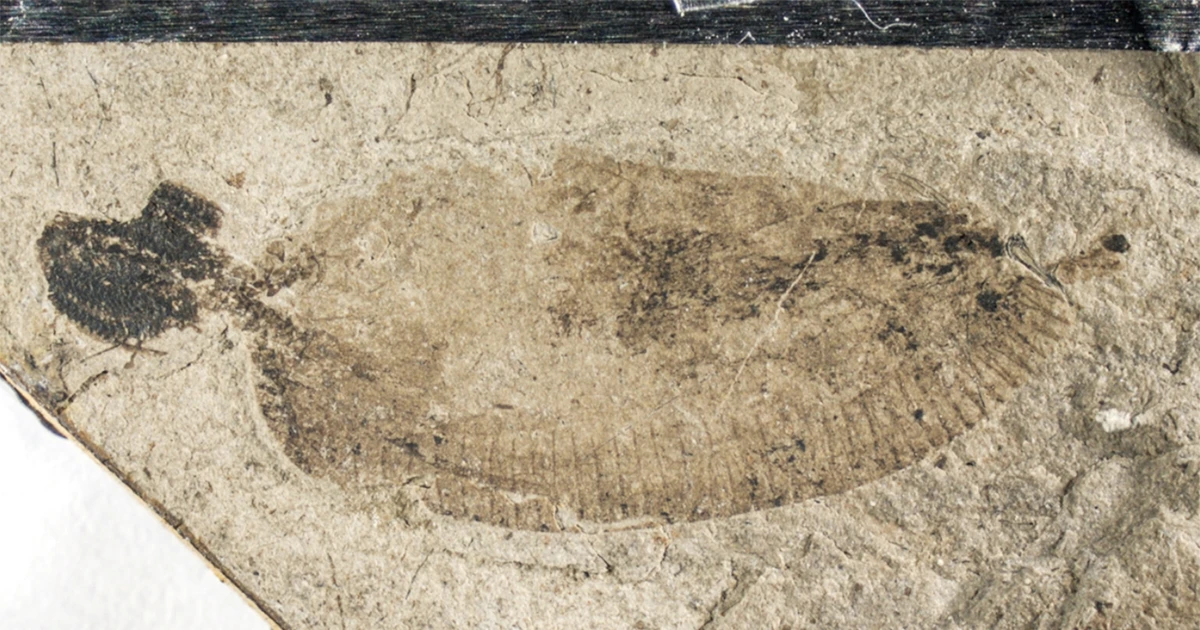







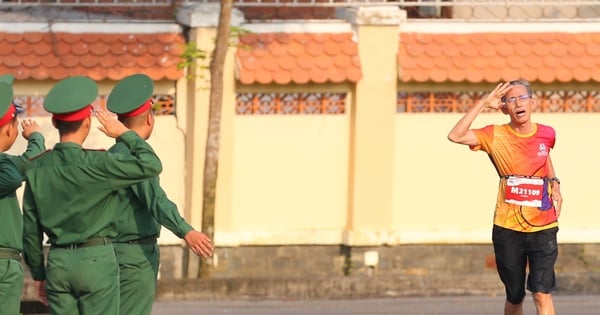






![[Photo] Closing of the 11th Conference of the 13th Central Committee of the Communist Party of Vietnam](https://vstatic.vietnam.vn/vietnam/resource/IMAGE/2025/4/12/114b57fe6e9b4814a5ddfacf6dfe5b7f)

































































Comment (0)